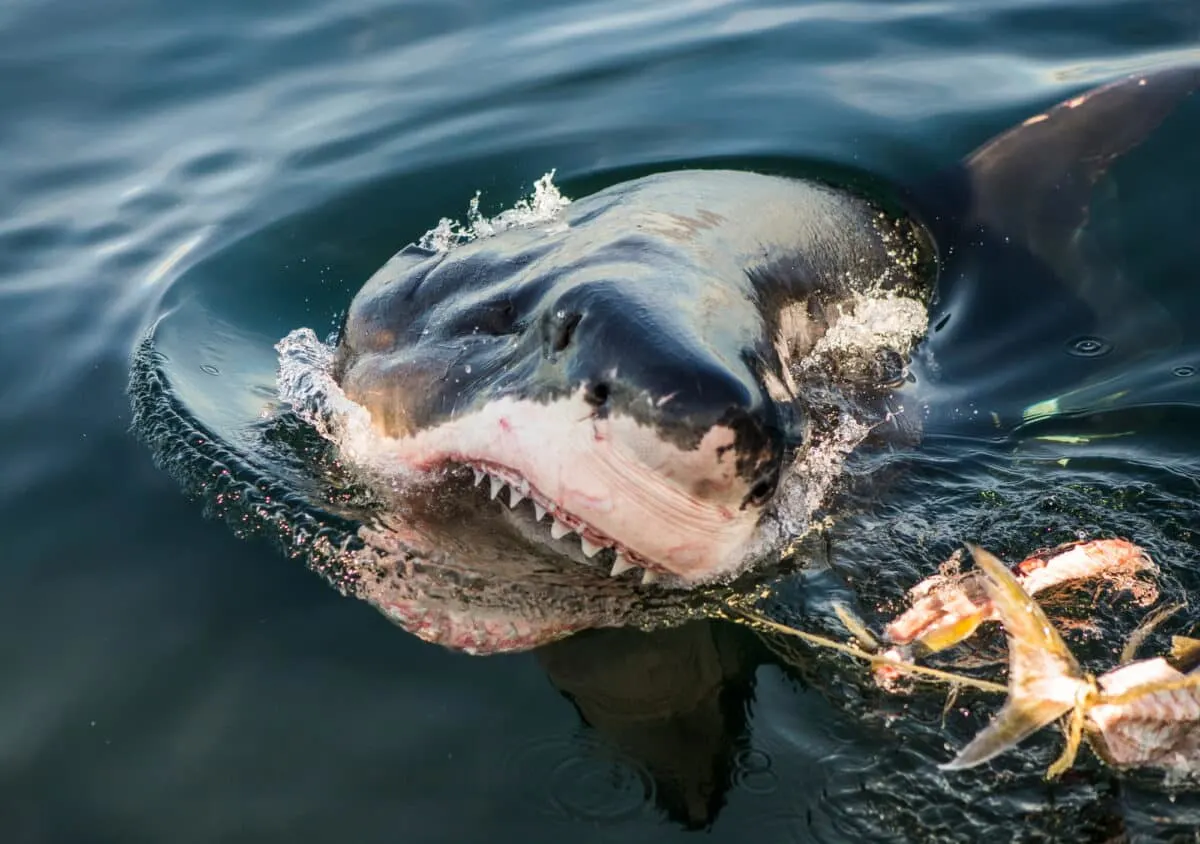Welcome to a captivating exploration of the Great White Shark population in the Bay Area. As nature’s majestic predators, Great Whites have long captured our imagination. The coastal waters of the Bay Area provide an ideal habitat for these magnificent creatures, drawing both awe and curiosity from locals and visitors alike.
Here, we delve into the presence, behavior, and safety aspects surrounding this region’s Great White Shark population. Discover the fascinating world of these apex predators as we shed light on their migratory patterns, hunting techniques, and the frequency of shark attacks.
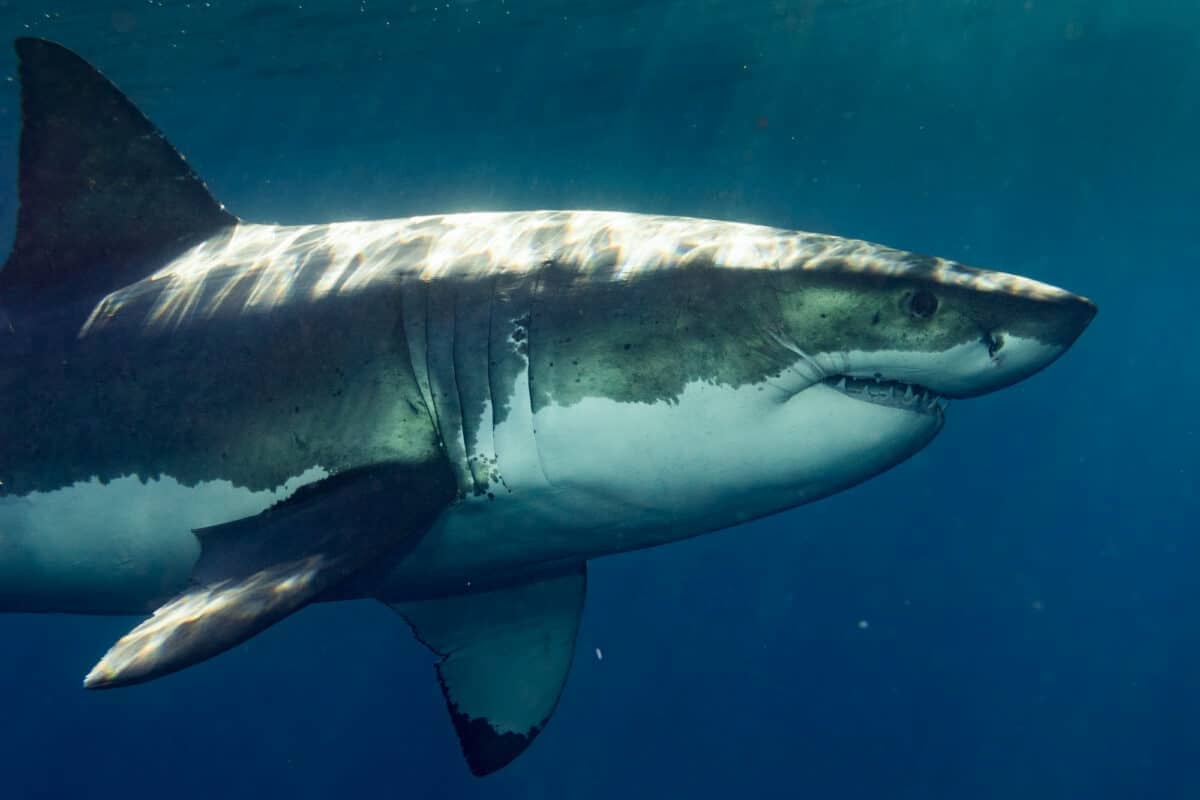
Skip ahead to any section below!
Great White Sharks in the Bay Area
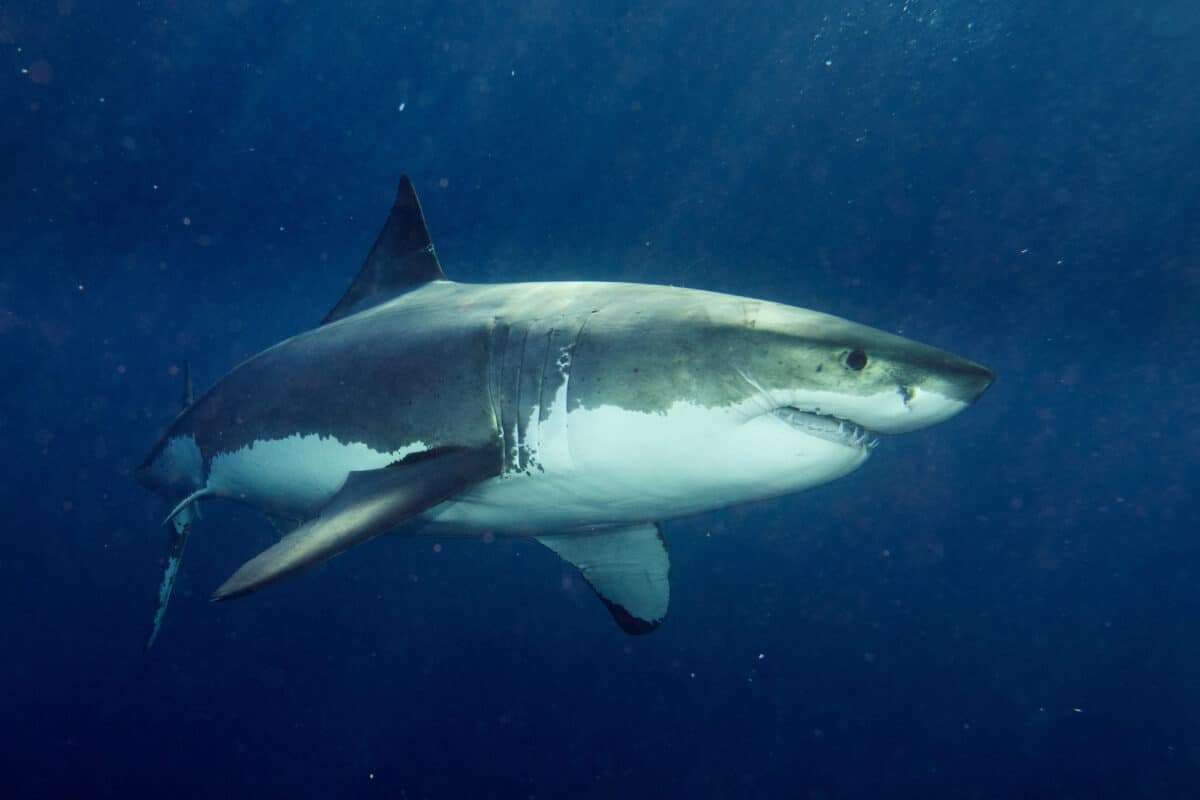
The Bay Area is renowned for its scenic beauty and vibrant cities and for being home to a significant population of Great White Sharks. Let’s explore their presence and understand their migratory patterns and preferred habitats.
According to the Dutch Shark Society, Great White Sharks are indeed present in the San Francisco Bay, captivating scientists and locals. These majestic creatures are known to venture into the bay, showcasing their adaptability and ability to navigate diverse environments.
The Farallon Islands: A Feeding Ground for Great White Sharks
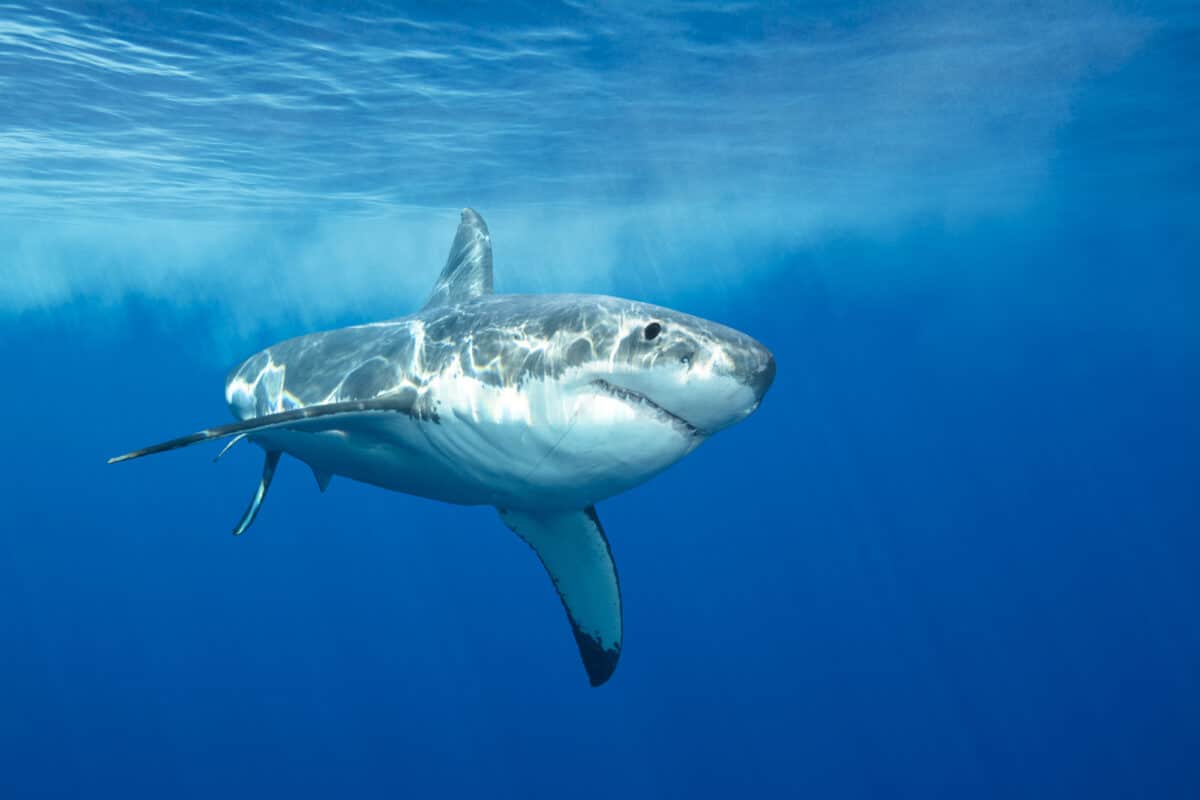
The Shark Stewards organization sheds light on the importance of the Farallon Islands in the life cycle of Great White Sharks. Situated off the coast of San Francisco, these islands serve as a crucial feeding ground for the sharks. Abundant marine life, including seals and sea lions, attracts sharks to this area, making it a vital part of their habitat.
This article emphasizes that the Farallon Islands act as a beacon for these apex predators, providing them with an abundant food source that sustains their population. This unique ecological relationship underscores the significance of preserving the Farallon Islands and the delicate balance of the marine ecosystem.
Migration and Breeding Patterns
The Bay Area Answers website highlights the migratory nature of Great White Sharks. These sharks typically follow migratory routes along the Pacific coast, passing through the Bay Area during certain times of the year. They are known to migrate between California and Mexico, following the movement of their prey.
Furthermore, the Mercury News article reports an increase in Great White Sharks off the northern California coast. This surge in population can be attributed to the abundant food supply and favorable environmental conditions.
Understanding the migratory and breeding patterns of Great White Sharks is crucial for ensuring their conservation and the preservation of their vital habitats, especially concerning your state! Learn more about the Bay Area’s wildlife here.
Behavior and Characteristics of Great White Sharks
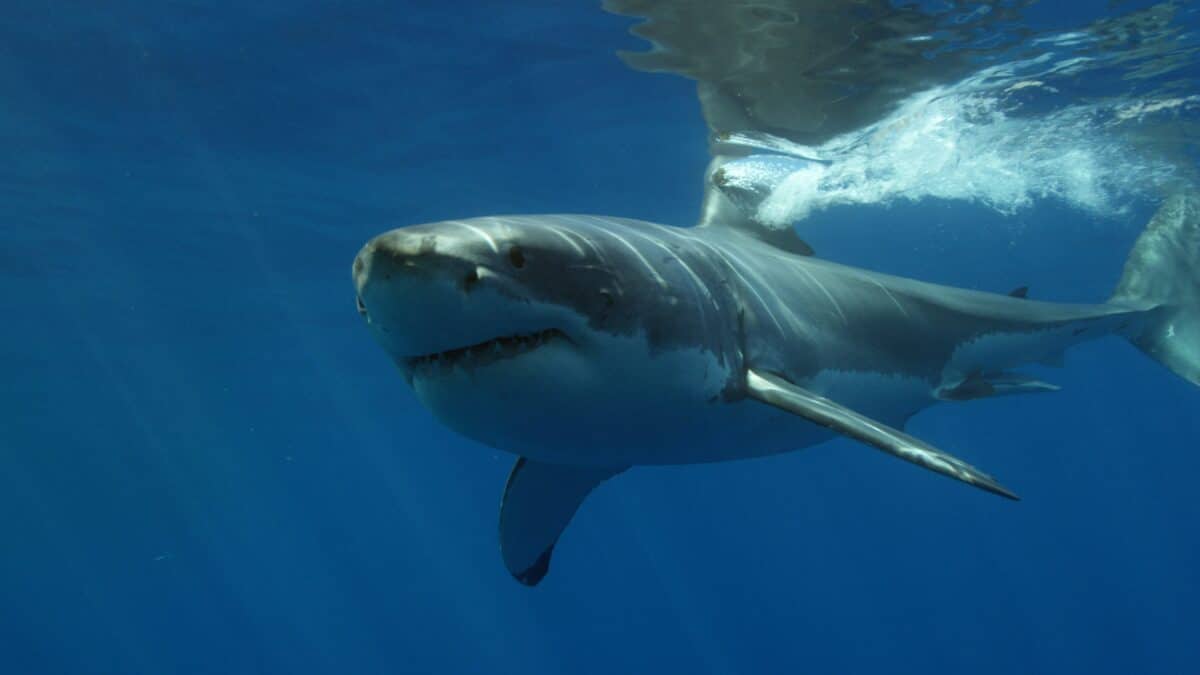
Great White Sharks possess awe-inspiring physical attributes and fascinating behavioral characteristics. So, let’s delve into their impressive traits and gain a deeper understanding of their role as apex predators.
Check out: Discover Ohio’s Most Dangerous Animals.
Physical Features and Size
Great White Sharks are renowned for their powerful presence and distinctive appearance. Furthermore, these majestic creatures can grow to an average length of 15 to 20 feet, with some individuals exceeding 20 feet in length. Their robust bodies are also streamlined, enabling swift movements through the water.
In addition, equipped with rows of razor-sharp teeth, Great Whites have a formidable bite force and the ability to consume a variety of prey. Their dorsal fin, which can reach impressive heights, is also a recognizable feature that often emerges above the water’s surface, adding to their mystique.
Predatory Behavior and Hunting Techniques
As apex predators, Great White Sharks exhibit fascinating hunting strategies. They also have a laudable combination of both incredible olfactory senses and electrical receptors called ampullae of Lorenzini, enabling them to detect even the faintest electromagnetic signals from potential prey.
These sharks often employ an ambush-style hunting technique, approaching their prey from below and striking with remarkable speed and precision. They are known for breaching, launching their massive bodies out of the water to surprise and capture their prey. Although seals and sea lions comprise a significant portion of their diet, Great Whites have been observed feeding on many marine animals.
The Significance of Apex Predators in the Ecosystem
By preying on weaker or injured individuals, they help regulate populations and prevent the overconsumption of certain species. Their presence also influences the behavior and distribution of other marine organisms, shaping the dynamics of the entire ecosystem.
Understanding the behavior and characteristics of Great White Sharks allows us to appreciate their vital role in marine ecosystems. As well as underscores the importance of their conservation.
Find out more about Great White Sharks here!
Frequency and Risk of Shark Attacks in the Bay Area
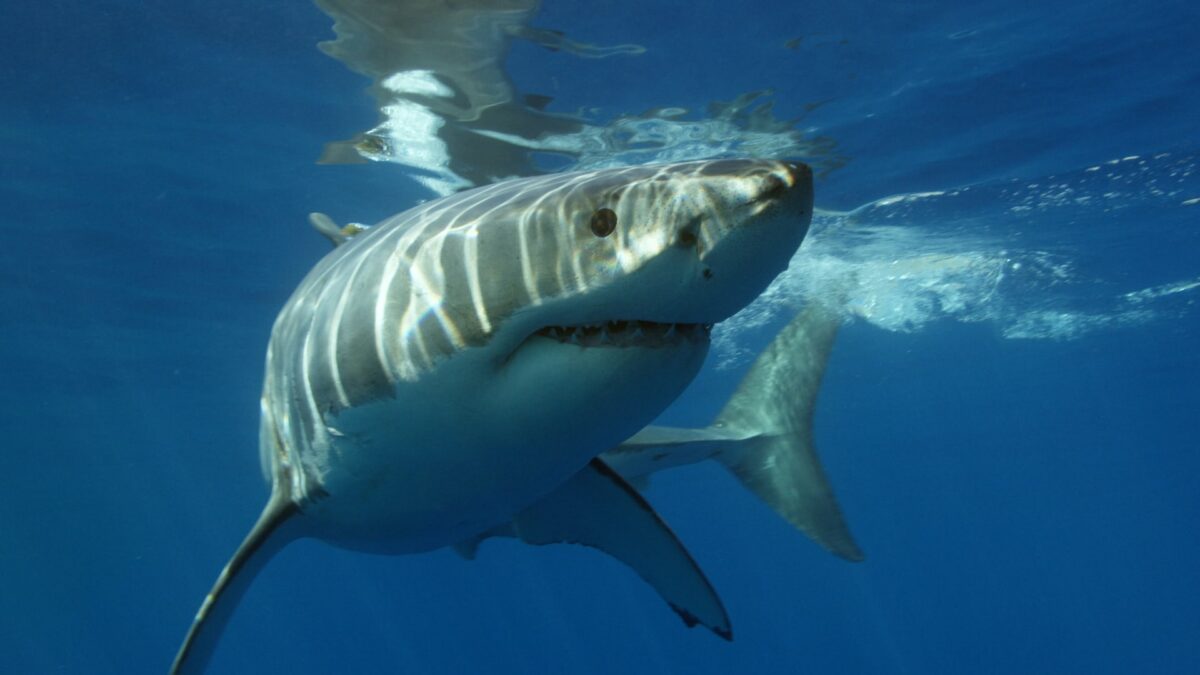
Regarding the presence of Great White Sharks, it is natural to wonder about the frequency and risk of shark attacks in the Bay Area. So, let’s examine the data and shed light on the safety aspects surrounding these magnificent creatures.
Shark Attacks in the San Francisco Bay
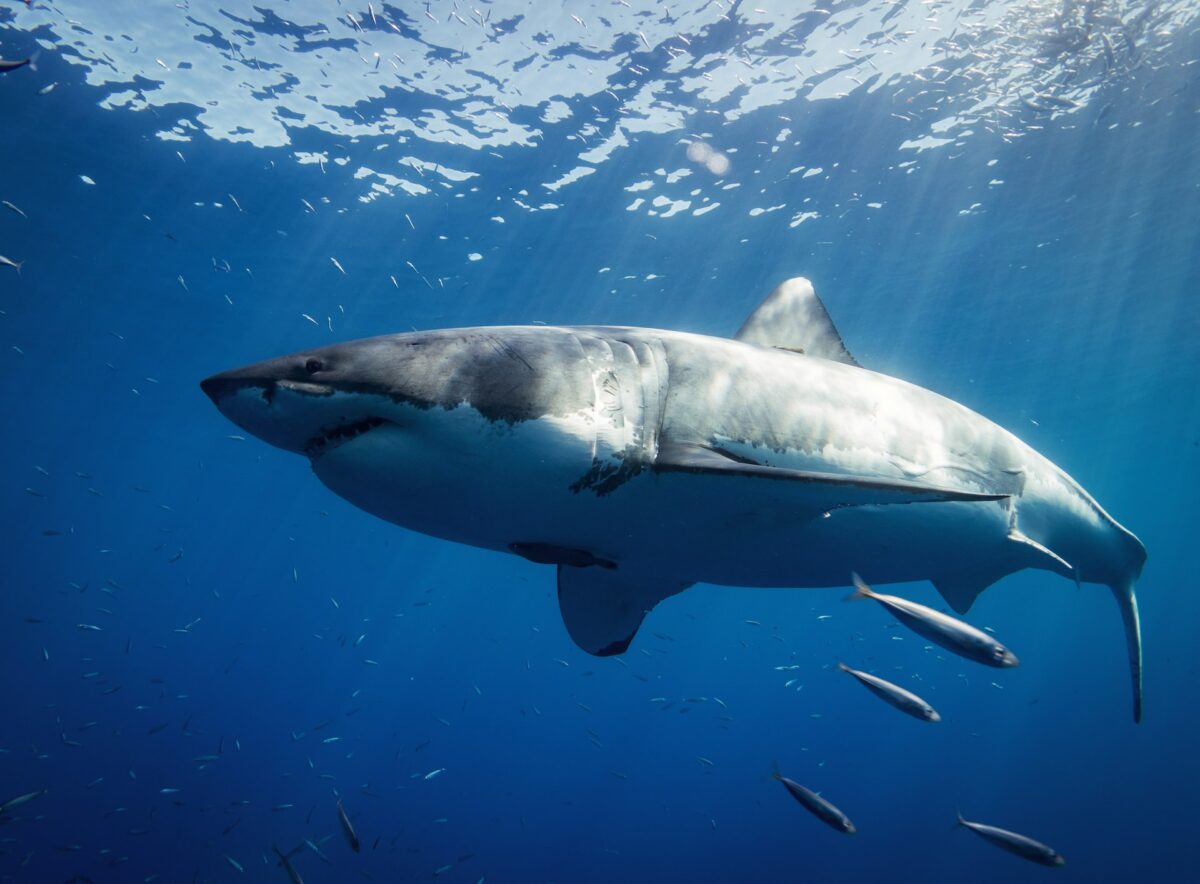
According to the Dutch Shark Society, while Great White Sharks are present in San Francisco Bay, shark attacks in this area are rare. Moreover, few shark attacks in the bay have ever been recorded, emphasizing the low risk to human safety.
Increasing Great White Shark Numbers
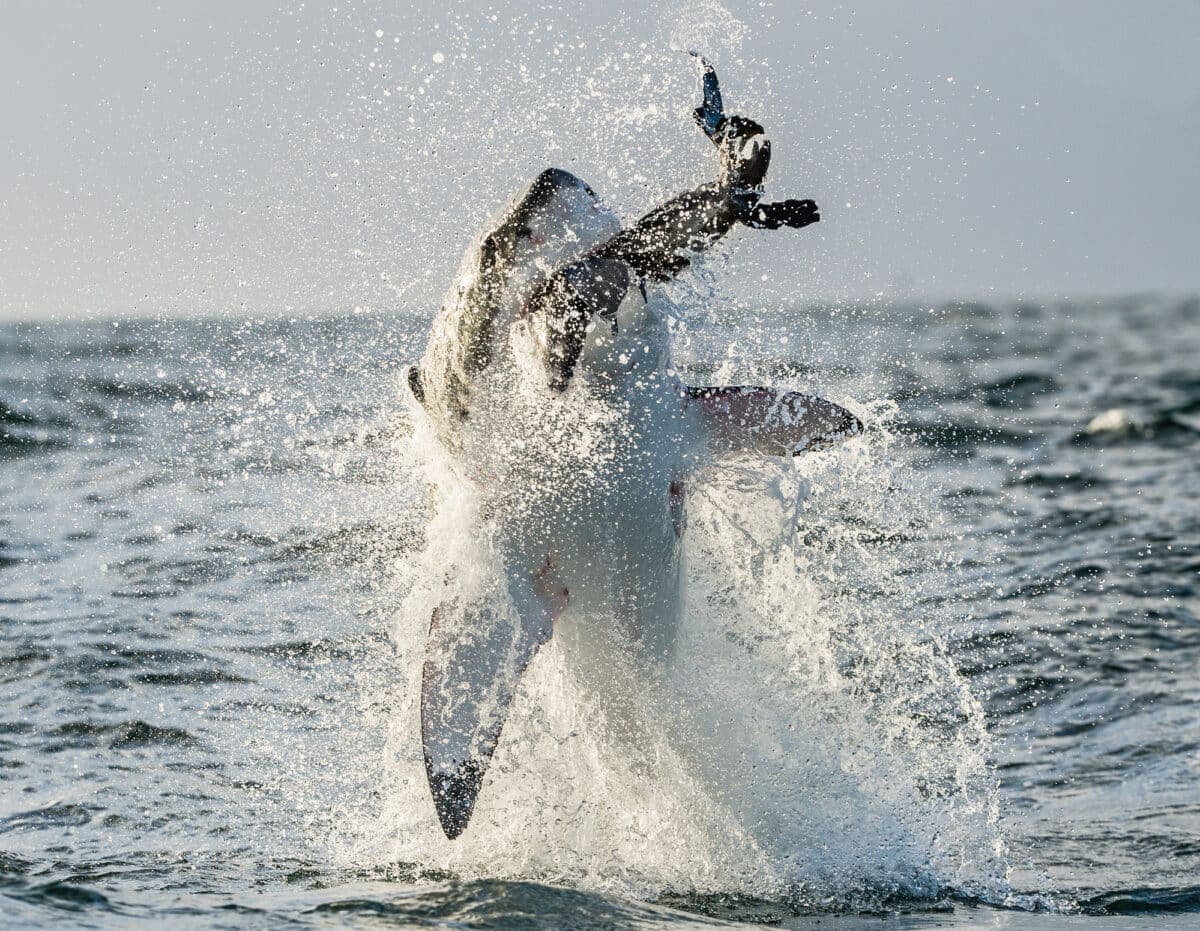
The Mercury News article highlights an increase in sharks off the northern California coast. Despite this increase, the risk of shark attacks remains relatively low. Thus, these sharks primarily feed on marine mammals and are not inclined to target humans as prey. Therefore, most incidents involving humans are believed to be cases of mistaken identity.
Safety Precautions and Public Education

The Bay Area Answers website emphasizes the importance of public education and safety precautions. Furthermore, this is done to ensure a safe coexistence with Great White Sharks. Thus, it is crucial for individuals engaging in water activities to be aware of their surroundings. Furthermore to follow guidelines provided by local authorities, and respect the natural habitat of these animals.
Ensuring Safety and Conservation
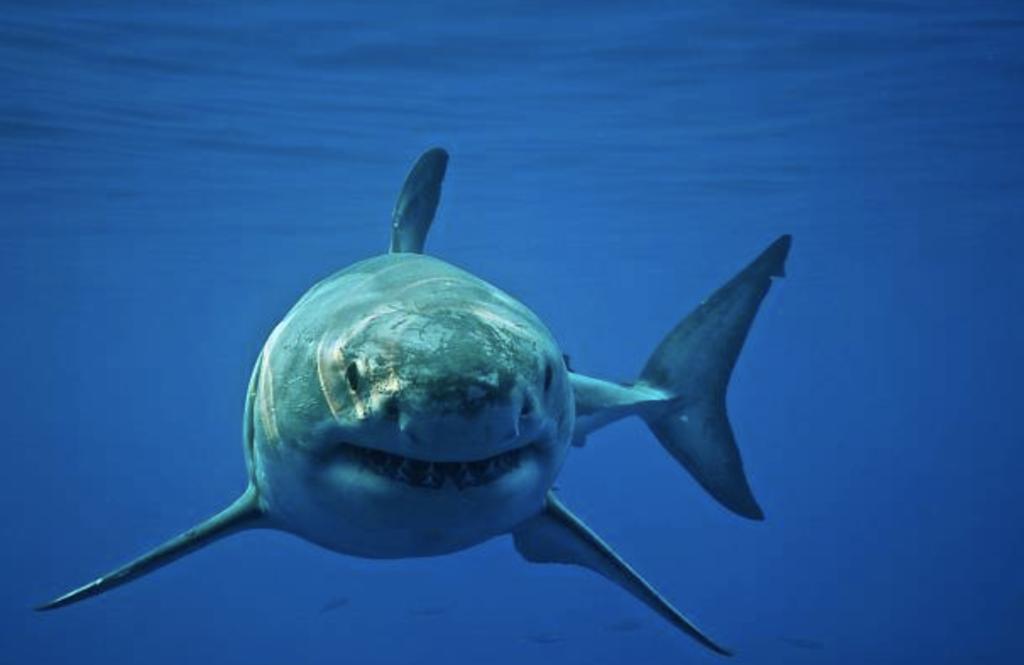
Safety Tips for Water Activities
When engaging in water activities in the Bay Area, safety must be your first priority – here are a few tips:
- Swim or surf in groups, as sharks are less likely to approach more people.
- Avoid swimming near seals, sea lions, or other wildlife, as they are prey for Great White Sharks.
- Stay informed about the local beach and water advisories.
- If you do end up meeting a shark, do not make any impulsive moves – stay calm and slowly back away until you’re able to exit the water.
Ongoing Conservation Efforts
Conservation initiatives are vital in preserving Great White Sharks and their marine ecosystem. Furthermore, organizations like Shark Stewards are actively involved in conservation efforts in the Bay Area. Secondly, they work to protect and restore critical habitats, raise public awareness, and advocate for responsible shark management policies.
Marine protected areas (MPAs) are also crucial for safeguarding the habitats of Great White Sharks and other marine species. Overall, these protected areas provide a sanctuary for the sharks to thrive and maintain the ecological balance of the marine ecosystem.
Key Points
| 1. Great White Sharks, including the San Francisco Bay, are present in the Bay Area, captivating scientists and locals alike. |
| 2. The Farallon Islands serve as a crucial feeding ground for Great White Sharks, attracting them with abundant marine life. |
| 3. Great White Sharks possess impressive physical features, including streamlined bodies, powerful jaws, and iconic dorsal fins. |
| 4. These apex predators primarily feed on marine mammals and employ hunting techniques such as ambush and breaching. |
| 5. The risk of shark attacks in the Bay Area is low, with very few recorded incidents, as Great White Sharks typically target marine animals, not humans. |
| 6. Ensuring safety involves following water activity guidelines, staying informed about beach advisories, and supporting conservation efforts to protect Great White Sharks and their marine habitats. |
The Bottom Line
Overall, the Bay Area’s Great White Shark population provides a captivating glimpse into the world of these apex predators. Despite their presence, the frequency of shark attacks in the area remains low. So, understanding these magnificent creatures’ behavior, characteristics, and migratory patterns allows us to appreciate their role in maintaining the balance of marine ecosystems.
Additionally, by prioritizing safety, staying informed, and supporting preservation, we can attempt to make sure we have a pleasant life coexisting with Great White Sharks. Moreover, let us embrace the opportunity to protect their habitats and contribute to preserving these awe-inspiring creatures for generations to come.
For more articles like this, check out our related article links below!
Next up: Watch Two Kids Swim Near Great White Shark, Beneath The Waves: Dolphin Dodges A Shark Attack, and Under The Sea: The Sea Turtle’s Narrow Escape From A Shark.
- Watch: Lizard Greets Man like a Dog! - April 25, 2024
- Mama Deer Is So Worried About Her Baby - April 25, 2024
- Watch Innocent Baby Bird Walks up to Leopard – Wild Ending! - April 25, 2024

